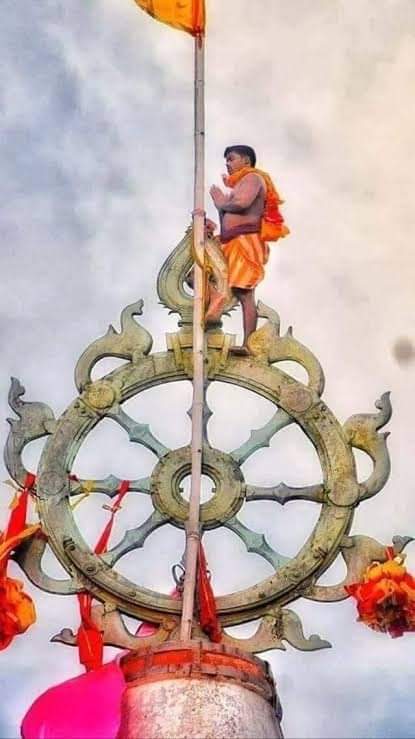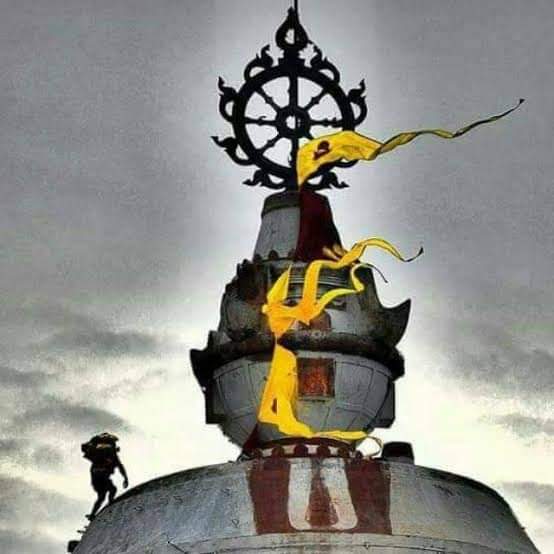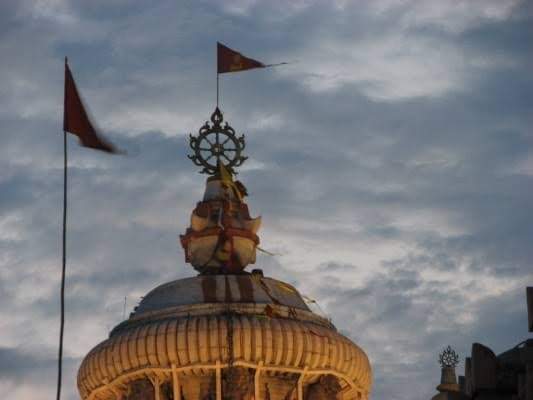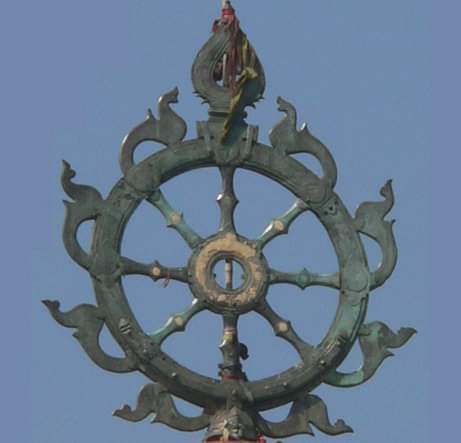#FarmReforms
#FarmBills
Who Is Protesting and Why?
Reforms have proved controversial. In Sept, BBC wondered whether they were a “death warrant” for farmers.
Some worry whether reforms might lead to the end of wholesale markets and guaranteed
Farmers might go from the local monopsonies of APMCs to the national oligopoly of Amazon-like behemoths.
Other crops do not qualify, nor do fruits and vegetables.
This was higher than the market price, but a hefty chunk of the support price ends up in the hands of middlemen through various fees and charges.
As a result, farmers in 25 of India’s 28 states and all eight union territories have not taken to the streets.
As per this farmer leader, open and competitive markets, instead of a top-down command-and-control agricultural economy, served farmer interests better.
In fact, it wants to go much further.
It wants the government to remove the ban on the export of onions and threatened to pelt BJP MPs with onion bulbs if the government fails to do so.
Not all farmers are protesting. Protests are largely confined to Punjab, Haryana and Jat strongholds in western Uttar Pradesh.
It elects 38 out of 543 MPs in the Lok Sabha, but its proximity to the capital gives it disproportionate power.
Home to Green Revolution, it has benefited from massive govt spending for decades
Irrigation subsidies account for another $190 per year. Punjab, Haryana and western UP benefit from other subsidies as well.
Some of their family members are part of the Indian diaspora in Australia, Canada, the UK, the US and elsewhere.
Some of them continue to be absentee landlords.
As a result, a narrative has emerged in the English-speaking press that is not entirely unbiased.
Some attacked the police, destroyed public property and flew flags on the Mughal-built Red Fort from where prime ministers address the nation.
This caused outrage and weakened the movement.
He broke down in tears and threatened to hang himself if the BJP government did not repeal its reforms.
Per the Indian press, Rakesh Tikait is a former policeman with assets worth 80 crore rupees ($11 million), a significant sum for a farmer in India.
They form part of the almost feudal elite that has dominated the APMCs and the rural economy for decades.
Winners of old sys and desperate not to lose what they have.
More from India
The schism of BJP- RSS ideology.
Full blown Schizophrenia if one wants to psychoanalyze BJP.
#doublebind where a parent keeps giving double messages to their confused children. They adore the parent for one thing and hate them for another.
BJP-RSS ideology
— Dr. Latha (@DrlathaC) January 30, 2021
Lower rank workers worship #NathuramGodse, but leaders worship Mahatma Gandhi.
True meaning of #SabkaSaath \U0001f606
How can BJP sustain itself with this kind of internal schism? In other words no samanjas or clarity of what they stand for?
Its exploding now. The madness.
People airing out Gandhi's sexuality out of context and irrelevant to him being killed by Godse.Supporting Godse's action
But not understanding that the same reasons why Godse was killed are the reasons why BJP leaders today hail Gandhi as Bapu or Mahatma. On #MartyrsDay
Very dangerous mind or #headgames being played out here. Our country is a large scale mental asylum with broken psyche.
Sanatana Dharma does not need more Nathuram Godses. We need more Shri Vidyaranyas and Adi Shankaras who would build Hindu Rajya through Raja and kshatriya Dharma.
Nathuram Godse as a Brahmana weakened his brahmanatwam by adopting a Nationalist ideology.
Instead he could have used his pourusham to garber a Sanatani movement to fight against INC and Gandhian ideology.
He dissented from RSS and started his own Hindu Rashtra Dal and also was a member of Hindu Mahasabha. However he did not fall back on our darshana s to understand
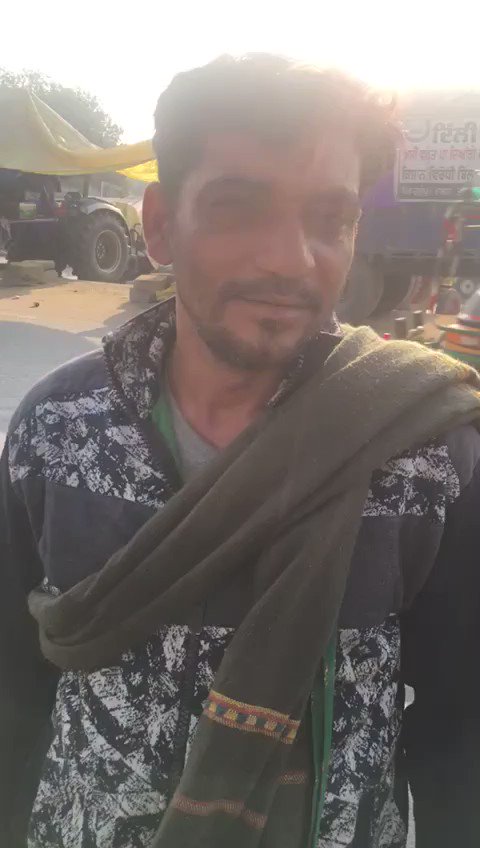
No one has a problem with protestors at #SinghuBorder. Who were the ones who came to protest??
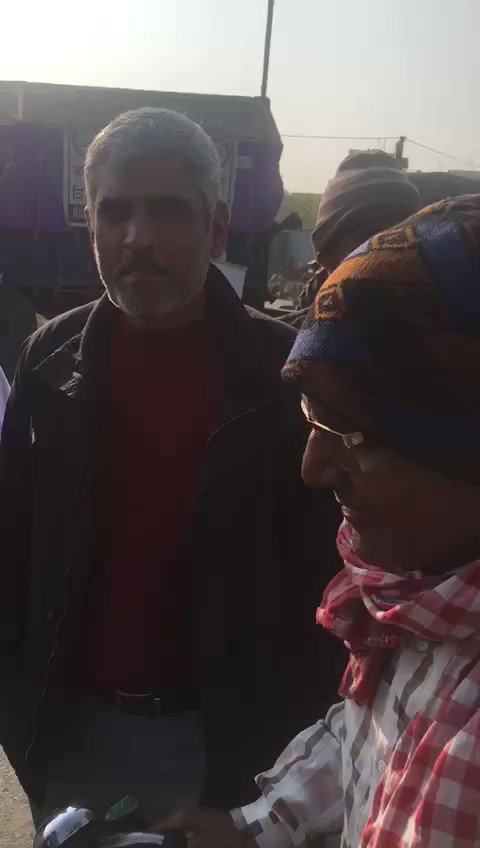
https://t.co/l3xWK8z0m7

#IndiaStandsWithFarmers

Sweeetestt ❣️❣️❣️

You May Also Like

Stan Lee, who died Monday at 95, was born in Manhattan and graduated from DeWitt Clinton High School in the Bronx. His pulp-fiction heroes have come to define much of popular culture in the early 21st century.
Tying Marvel’s stable of pulp-fiction heroes to a real place — New York — served a counterbalance to the sometimes gravity-challenged action and the improbability of the stories. That was just what Stan Lee wanted. https://t.co/rDosqzpP8i

The New York universe hooked readers. And the artists drew what they were familiar with, which made the Marvel universe authentic-looking, down to the water towers atop many of the buildings. https://t.co/rDosqzpP8i
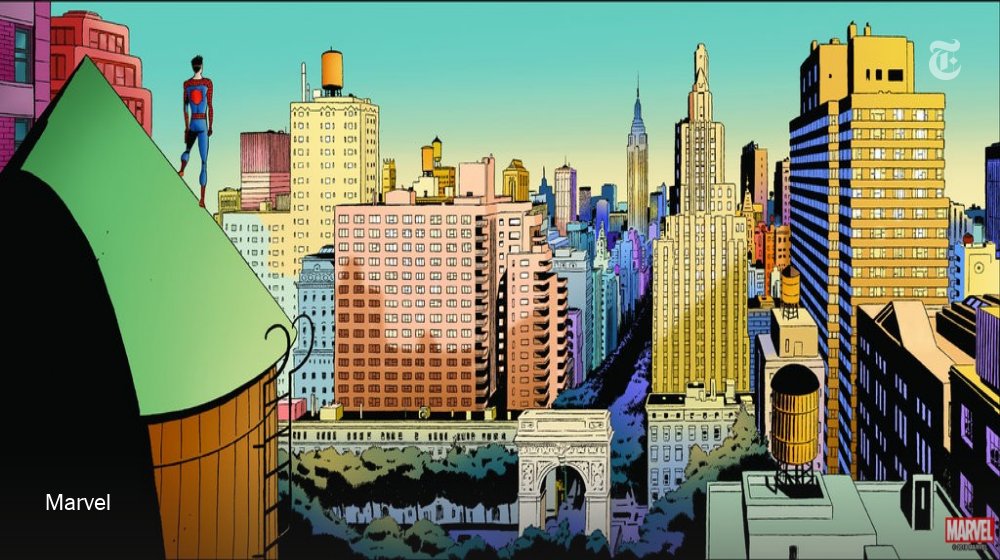
The Avengers Mansion was a Beaux-Arts palace. Fans know it as 890 Fifth Avenue. The Frick Collection, which now occupies the place, uses the address of the front door: 1 East 70th Street.
Hello!! 👋
• I have curated some of the best tweets from the best traders we know of.
• Making one master thread and will keep posting all my threads under this.
• Go through this for super learning/value totally free of cost! 😃
1. 7 FREE OPTION TRADING COURSES FOR
A THREAD:
— Aditya Todmal (@AdityaTodmal) November 28, 2020
7 FREE OPTION TRADING COURSES FOR BEGINNERS.
Been getting lot of dm's from people telling me they want to learn option trading and need some recommendations.
Here I'm listing the resources every beginner should go through to shorten their learning curve.
(1/10)
2. THE ABSOLUTE BEST 15 SCANNERS EXPERTS ARE USING
Got these scanners from the following accounts:
1. @Pathik_Trader
2. @sanjufunda
3. @sanstocktrader
4. @SouravSenguptaI
5. @Rishikesh_ADX
The absolute best 15 scanners which experts are using.
— Aditya Todmal (@AdityaTodmal) January 29, 2021
Got these scanners from the following accounts:
1. @Pathik_Trader
2. @sanjufunda
3. @sanstocktrader
4. @SouravSenguptaI
5. @Rishikesh_ADX
Share for the benefit of everyone.
3. 12 TRADING SETUPS which experts are using.
These setups I found from the following 4 accounts:
1. @Pathik_Trader
2. @sourabhsiso19
3. @ITRADE191
4.
12 TRADING SETUPS which experts are using.
— Aditya Todmal (@AdityaTodmal) February 7, 2021
These setups I found from the following 4 accounts:
1. @Pathik_Trader
2. @sourabhsiso19
3. @ITRADE191
4. @DillikiBiili
Share for the benefit of everyone.
4. Curated tweets on HOW TO SELL STRADDLES.
Everything covered in this thread.
1. Management
2. How to initiate
3. When to exit straddles
4. Examples
5. Videos on
Curated tweets on How to Sell Straddles
— Aditya Todmal (@AdityaTodmal) February 21, 2021
Everything covered in this thread.
1. Management
2. How to initiate
3. When to exit straddles
4. Examples
5. Videos on Straddles
Share if you find this knowledgeable for the benefit of others.














